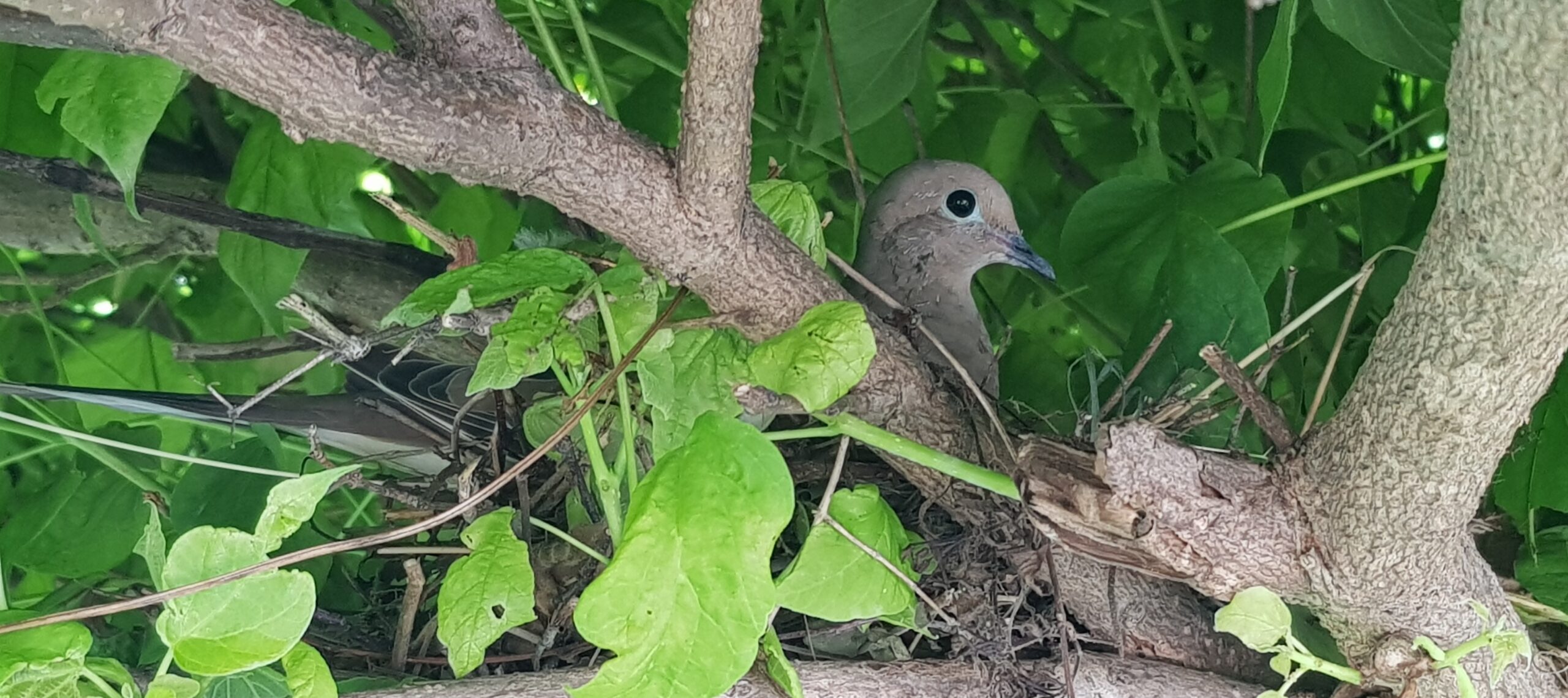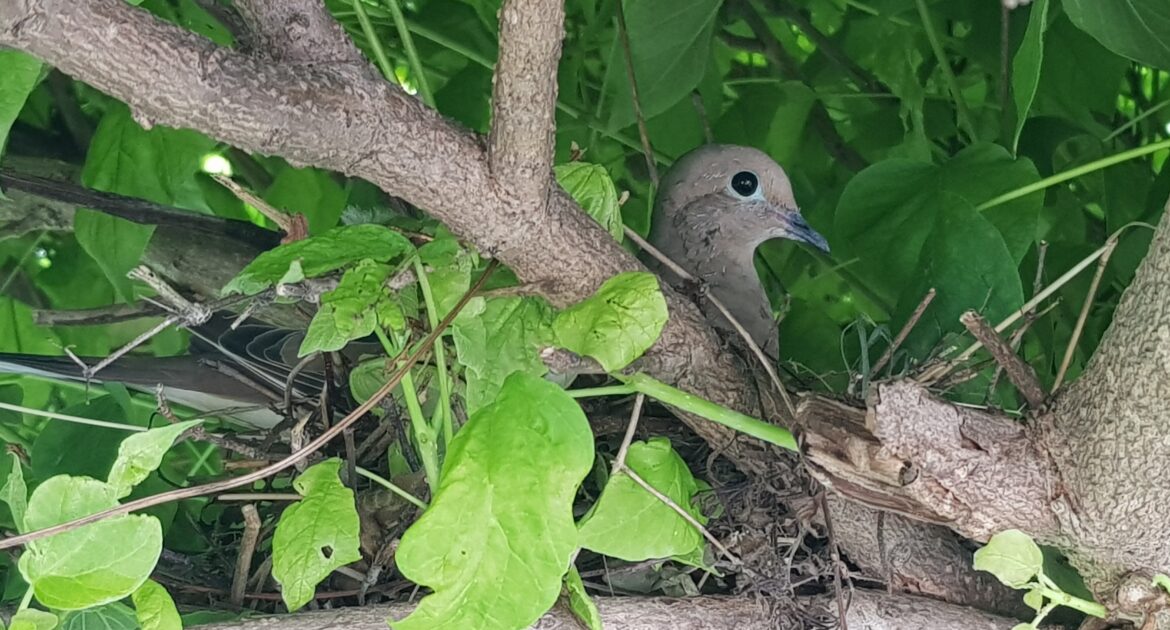Birds are captivating creatures that communicate with one another through a complex array of signals and behaviors. How they interact goes far beyond the simple chirping we typically associate with these feathered neighbors. At Skedaddle Minnesota, we’ve observed countless bird interactions during our removal and prevention work throughout St. Paul, and we’re excited to share insights into these remarkable communication systems.
Just as the Mississippi River serves as a vital communication channel flowing through our city, birds utilize sophisticated methods to share information, establish territories, find mates, and warn of dangers. Understanding these techniques can help homeowners and business owners better comprehend the bird activity they might witness on their properties.
Let’s explore ten fascinating ways birds communicate with each other, revealing the complex social structures and behaviors that make these creatures so remarkable.
How Birds Communicate: More Than Just Songs
Bird communication methods often begin with their most noticeable feature—vocalizations. However, there’s much more complexity to bird calls than you might realize:
Songs vs. Calls: Different Messages for Different Purposes
Birds typically produce two types of vocalizations, each serving distinct purposes:
- Songs: These longer, more complex vocalizations are primarily used for territory establishment and mate attraction. Male birds often dominate in singing, especially during the breeding season when staking their claim around St. Paul neighborhoods.
- Calls: Shorter, simpler sounds used for immediate communication needs like warning of predators, maintaining contact while moving, or coordinating feeding. These sounds are the avian equivalent of text messages—brief but essential.
Dawn Chorus: Synchronized Communication
The early morning symphony you hear isn’t random—it’s a structured communication event known as the dawn chorus. During this time, male birds sing most intensely to reinforce territory boundaries, and songs travel farther in the cool, still morning air. Birds establish daily social hierarchies, and information about food sources might be shared. In the summer months, you may notice this chorus beginning as early as 4:30 AM in St. Paul—something our technicians often experience firsthand during early morning bird removal projects.
Visual Displays: The Body Language of Birds
Bird communication extends beyond vocal signals. Their bodies serve as visual communication tools through various methods:
Plumage Displays and coloration
Feather positioning and bright plumage play a significant role. Birds can raise, lower, or fan their feathers to signal different messages. A cardinal puffing up its feathers in winter isn’t just staying warm—it’s making itself appear larger to establish dominance. Bright plumage often serves as a communication tool. Male birds typically display more vibrant colors to attract females, warn other males, and signal social status within flocks.
Movement-Based Communication
Birds use specific movement patterns to convey meaning:
- Wing Flashing: Mockingbirds, common in St. Paul, flash the white patches on their wings to startle insects from vegetation.
- Head Bobbing: This behavior establishes dominance hierarchies and can indicate interest in mating.
- Flight Patterns: Birds like starlings use synchronized turning and swooping in murmurations to signal the presence of predators and coordinate group movement.
Understanding these visual signals can help property owners recognize when birds are establishing territory on their buildings—an early warning sign before nesting materials appear in vents or eaves.
The Dance Between Sound and Sight: Multimodal Communication
One of the most fascinating bird behaviors is their integration of both vocal and visual signals simultaneously. This multimodal approach creates a comprehensive communication system:
Courtship Displays
Many bird species combine song with elaborate movement during courtship. Synchronized singing and dancing by the males demonstrate their fitness as mates. Mated pairs often engage in duets where visual positioning complements their vocal exchanges. Ritualized movements—head bobs, wing displays, and postures—accompany specific calls to convey complete messages. These multimodal displays appear particularly in pigeons and starlings—species we frequently encounter in our wildlife removal work around St. Paul properties.
Non-Vocal Sounds: Percussion and Instrumental Communication
Beyond their voices, birds use their bodies and environment to create communicative sounds:
- Drumming: Woodpeckers don’t just drill for insects; they communicate territory boundaries by drumming on resonant surfaces. In urban St. Paul settings, this sometimes means metal gutters and downspouts on homes.
- Wing Sounds: Birds like mourning doves produce whistling sounds with their wings during take-off, serving as alarm signals to others.
- Bill Clacking: Some species rapidly snap their bills together to create percussive warnings.
For your property, if you hear rhythmic tapping on your home that doesn’t follow the irregular pattern of feeding, it may indicate a woodpecker establishing territory rather than searching for insects. This information helps our team determine the appropriate deterrent strategy.
Chemical Communication: The Hidden Signals
Though less obvious to human observers, birds also communicate through scent. Preen gland secretions allow birds to spread oils during grooming, which contain chemical signatures that provide information about individual identity, reproductive status, and health condition. Nest odors also play a role. Some birds incorporate aromatic plants into their nests not just for structural purposes but also to signal nest quality to potential mates. While less evident than visual or vocal signals, chemical communication plays a subtle yet important role in avian social dynamics, especially in close quarters like colony nesting sites.
Tactile Communication: Physical Contact as Message
Physical touch serves important communication functions in bird social groups:
Allopreening: Grooming with Meaning
Birds groom one another, also known as allopreening, not just for practical purposes but as a social bonding activity that reinforces pair bonds, establishes and maintains social hierarchies, and reduces aggression within the group.
Contact behaviors in Nesting
Physical contact communicates important information between parents and offspring: Begging responses involve chicks touching parents’ beaks to stimulate feeding. Brooding signals involve physical pressure from young birds, telling parents when to adjust brooding behavior.
These tactile cues are especially important in confined nesting spaces like vents, chimneys, and soffits, where birds often take up residence in St. Paul homes.
Environmental Modification: Changing the Surroundings to Communicate
Birds alter their environment as a form of indirect communication. Strategic droppings are used by some birds to purposefully place droppings around territory boundaries as visual markers. Nest placement and the specific materials chosen for nest construction communicate social status, territory claims, and the potential quality and availability to mates.
When our Skedaddle technicians find bird droppings arranged in patterns around rooflines or ledges, we recognize this as purposeful territorial marking rather than random mess. This informs our approach to effective deterrent placement.
Collective Intelligence: Flock Communication Networks
How birds communicate in groups reveals sophisticated social coordination:
Information Transfer in Flocks
Birds share knowledge through collective behavior. Movement cascades occur when one bird spots a predator and takes flight, leading others to follow in a wave-like pattern even without seeing the threat themselves. Feeding cues involve birds watching others’ behaviors to locate food sources, creating efficient group foraging. Problem-solving transfer helps innovative solutions to access food or nesting materials to spread through bird communities.
These communication networks explain why, once birds establish a successful nesting location on your property, others may quickly follow—creating the need for comprehensive prevention strategies rather than single-point solutions.
Protect Your Property With Skedaddle
By fostering an understanding of these intricate communication patterns, property owners in St. Paul can gain valuable insight into avian activity around their homes or businesses. This awareness can lead to proactive steps for managing bird-related issues, from nest prevention to minimizing property damage.
If bird droppings and nesting are causing concern around your property, contact Skedaddle today. Our experts offer innovative solutions to bird problems, safeguarding your property while respecting these fascinating natural communicators.




